Are you experiencing persistent pain? Are you tired of your symptoms interfering with your daily life? If you’ve been searching for a way out of pain, you need to hear about the benefits of Radial Pressure Wave (RPW) Therapy.
Radial Pressure Wave therapy is a noninvasive treatment that involves the application of Acoustic waves to injured soft tissue to alleviate pain and promote healing. The Intelect® RPW 2 brings the next generation of shockwave therapy to the treatment room using Radial Pressure Wave technology. For more information on how this treatment may benefit you, contact Turquoise Trail Therapeutics today!
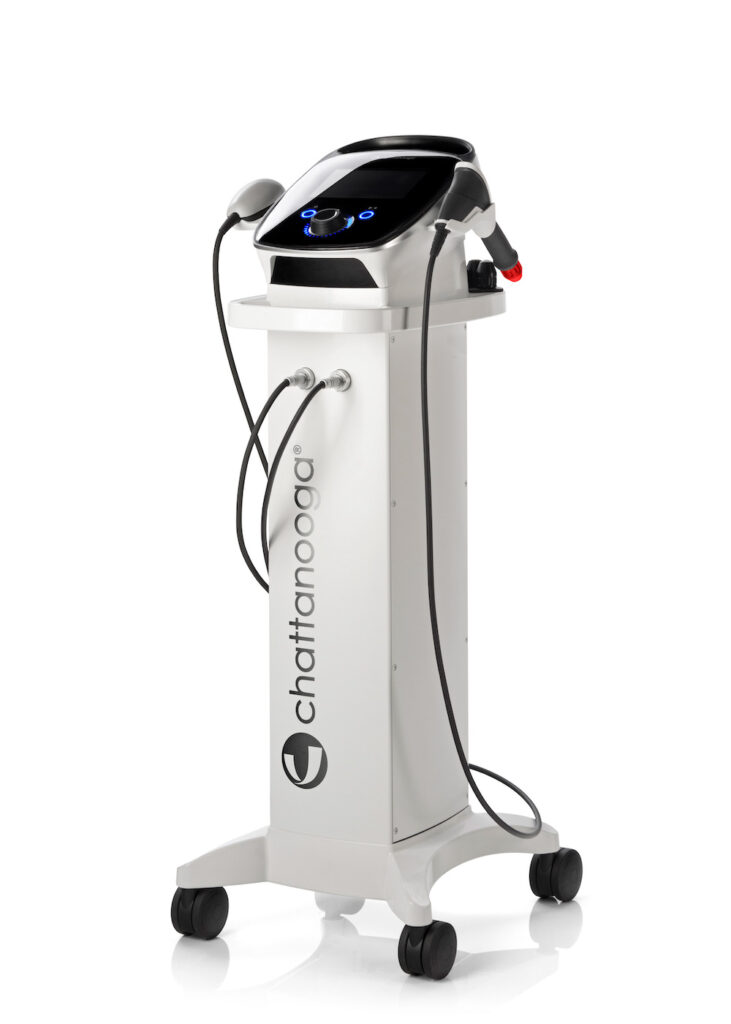
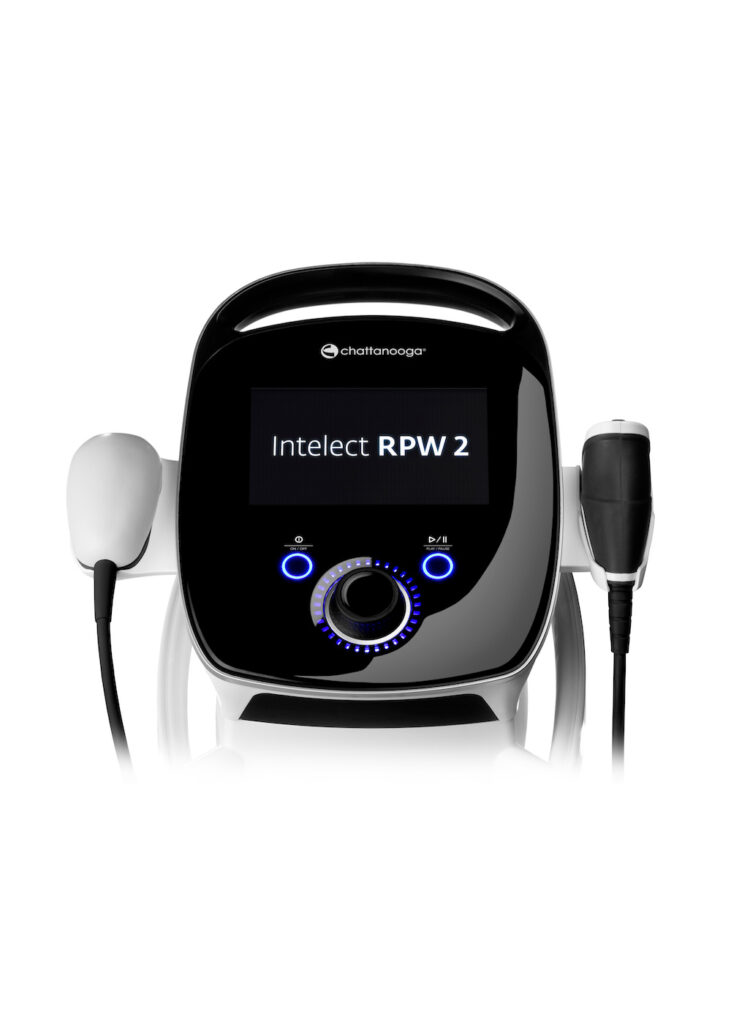
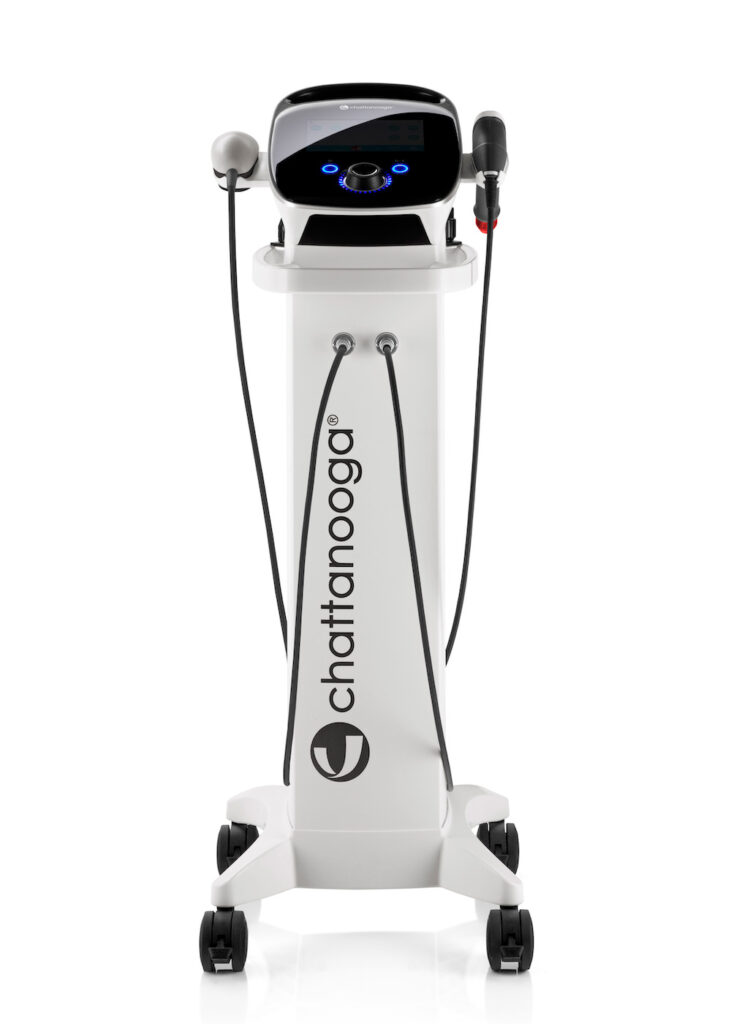
A licensed clinician can administer RPW and is well versed in the anatomy of the joints, tendons and ligaments. A RPW device is held next to the skin by the physical therapist during treatment. The device emits Radial Pressure Wave into the injured tissues, increasing blood flow and growth hormones to the area and promoting new tissue growth.
RPW therapy is often used to treat tendinopathy and hard-to-heal ligament injuries. Calcium buildup in the tendon is associated with some degenerative tendinopathies.
Concentrated shock waves can break up those deposits.
This treatment has been shown to help a large number of patients with varying degrees of pain severity. If you have any of the following conditions, you may want to pursue RPW therapy:
• Chronic heel spurs
• Plantar fasciitis
• Tennis elbow
• Jumper’s knee
• Achilles tendinitis
• Calcific shoulder tendinitis
• Patellar tendinitis
• Chronic low back pain
• Chronic shoulder pain
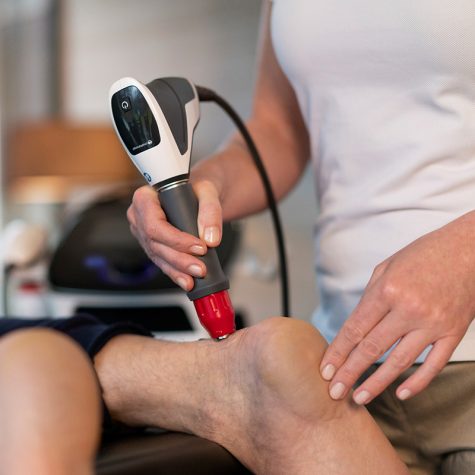
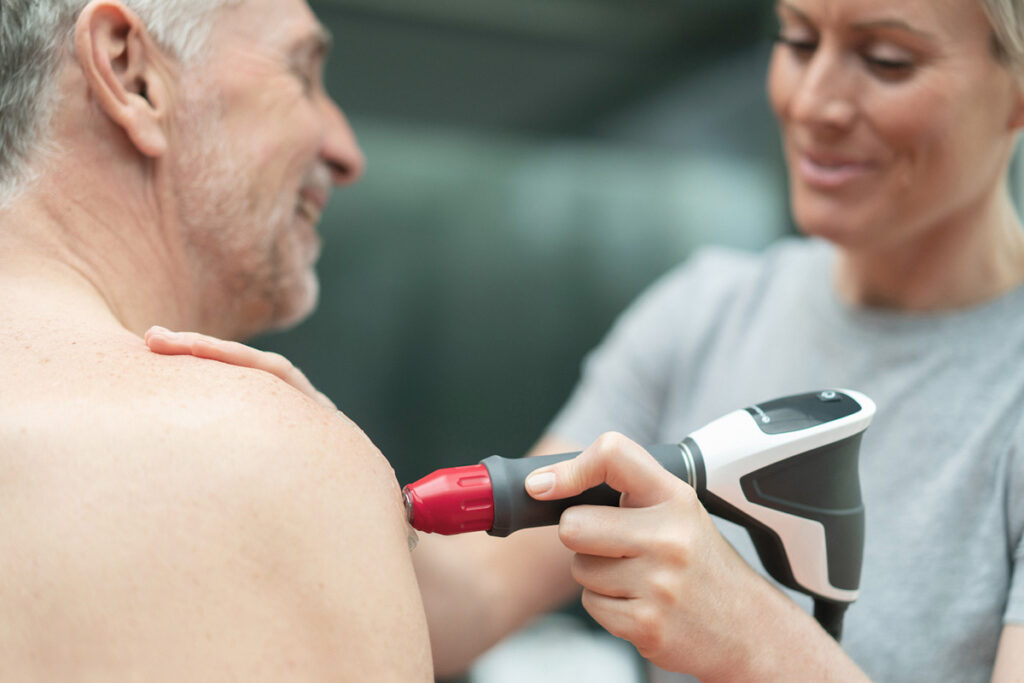
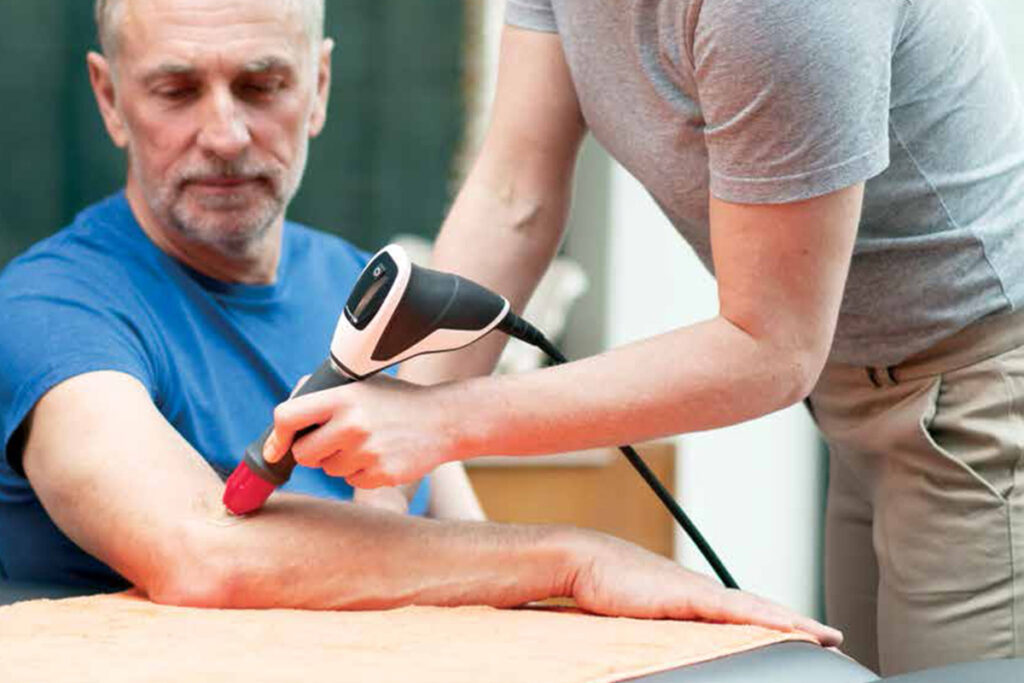
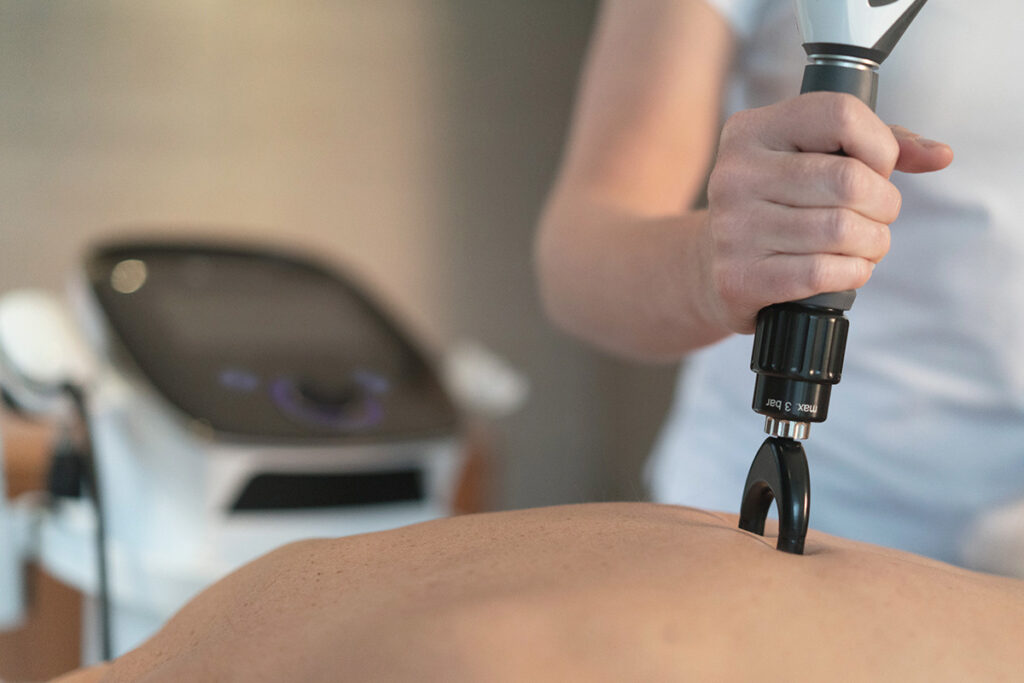
Approximately 2,000 shocks are administered per session with each treatment. This may sound like an overwhelming amount, but it usually only takes about 5-10 minutes to complete!
Your total treatment time should be less than 15 minutes. Many patients experience relief after only 3-6 short sessions, spaced a week apart. The time between treatments should not be more than 10 days, as they will become less effective the longer the patient waits.
Patients sometimes report discomfort during RPW therapy, but you should never be in pain during your treatment. The degree of discomfort is determined in part by the individual, their injury, and whether the damaged tissues are close to a bone. (In general, treatments delivered closer to a bone are more uncomfortable).
Although you are unlikely to experience any side effects during or immediately following your treatment, it is normal for irritation and swelling to occur in the affected area(s) 2-4 hours after the RPW have been administered. You may also feel a dull throbbing pain in that area, but it should go away within a couple of days of treatment.
RPW therapy is popular among patients because it is quick and effective. It also eliminates the need for harmful drugs or surgical correction in many cases.
Following treatment, the majority of patients report an immediate reduction in pain and improved mobility in the affected area(s). It works by hastening the body’s natural healing process, resulting in shorter recovery times and immediate relief. Many patients even notice a difference after just one session!